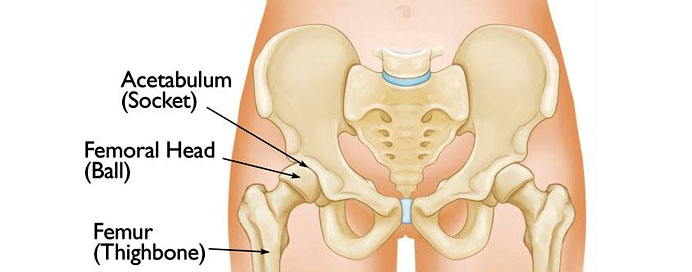Services / Dr. Ravi Bhanushali

A pelvic acetabular fracture is a serious injury involving both the pelvic bone and the hip socket, known as the acetabulum. These fractures typically occur due to high-energy trauma, such as motor vehicle accidents, falls from height, or sports injuries. The pelvic bone includes the ilium, ischium, and pubis, which together form the pelvic ring. The acetabulum is the cup-shaped socket in the pelvis where the femoral head (ball-shaped end of the thigh bone) articulates to form the hip joint.
When a pelvic acetabular fracture occurs, there is disruption of the bone structures in the pelvic region, including the acetabulum. The fracture can involve different parts of the acetabulum and may vary in severity, ranging from simple fractures to more complex patterns involving multiple fragments.
Here’s an overview of pelvic acetabular fractures:
Anatomy: The acetabulum is the cup-shaped socket of the pelvis where the femoral head (ball-shaped end of the thigh bone) articulates to form the hip joint. Pelvic bones include the ilium, ischium, and pubis, which together form the pelvic ring.
Symptoms: Symptoms of pelvic acetabular fractures include severe pain in the hip or groin, inability to bear weight on the affected leg, swelling, bruising, and deformity around the hip or pelvis. In some cases, there may be associated injuries to nearby structures, such as the bladder, urethra, or abdominal organs.
Prognosis: The prognosis for pelvic acetabular fractures depends on various factors, including the severity and complexity of the fracture, the presence of associated injuries, the age and overall health of the patient, and the success of surgical treatment. With appropriate treatment and rehabilitation, many patients can achieve good outcomes and return to their previous level of function. However, some individuals may experience long-term complications or disability.
